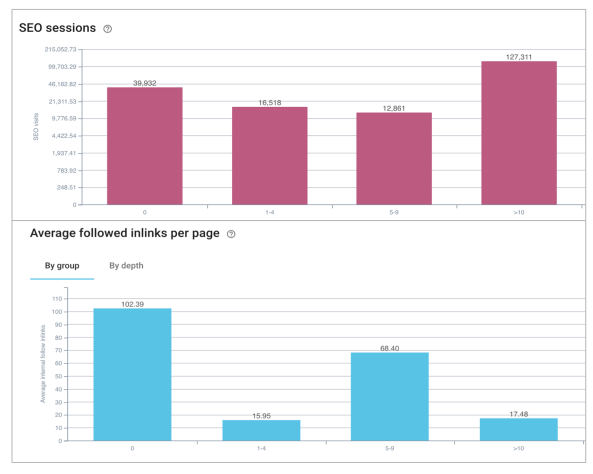Recognizing patterns is a major part of successful SEO strategies, yet it can seem daunting with the sheer amount of data available. Murat Yatağan, consultant for growth and product management at Brainly, recommends marketers address these issues using data segmentation tactics.
“You need to focus on generating insights based on patterns that you can recognize,” said Yatağan in his presentation at SMX Next. “An important part of a successful issue strategy is relying on these patterns that you have recognized — these things are telling you a story.”
Yatağan suggests marketers use one of two data segmentation tactics — with a developer’s help, if needed — to serve as the foundation for your SEO strategy: custom scraping using Regex/Xpath or segmentations post-crawl.
“I segment data by traffic,” he said. “It’s organic traffic along with the crawl information that I gathered because these two [metrics] enable me to triangulate the data about the website, so it shows me some patterns.”
Here are four common patterns Yatağan recommends marketers look for to gain insights from their data segments.
Author productivity and credibility
Yatağan presented an example of a campaign using segments to track authors, along with the numbers of the pages they have produced. Grouping the data this way gives SEOs insights into data they wouldn’t see by only looking at broad metrics, such as pageviews or dwell time.

“This shows you that it’s not just the amount of the articles that are being created, it’s more about the credibility,” he said. “By just looking into this data, you have a direction.”
Content quality and traffic
Obviously, content quality is a huge factor when it comes to SEO and readability. But, it’s often difficult to measure its impact on site traffic and rankings.
Yatağan gave an example of how he segmented data using word count. Though most SEOs consider this metric less relevant than other factors, it can still serve as a good measuring stick when comparing pieces of content.
“I don’t think word counts are good indicators of quality of the page by themselves,” he said. “But you can use them to compare different pages performances against each other.”
“So it’s not about the number of articles that were produced, it’s the amount of quality,” he added.

These metrics can help marketers determine which articles provided the most information and how well they were written.
Similar content affecting traffic
Yatağan pointed to a graph showing a segmented group of content displaying pieces that were near-duplicates or thin content — both poor quality signals. These segments illustrated how they correlated to decreases in SEO sessions.

Viewing similar content in this way can show a direct correlation between poor traffic numbers and low-quality content. These segments can serve as the foundation for content strategies.
“I’m not only saying it’s a strategy, but that it’s a finding that leads you to create a strategy,” Yatağan said.
Effects of internal links to content
One of the most effective ways to get more eyes on your content is internal linking. They tell search engines and readers that it’s important information. But if marketers are struggling to prove their worth, data segmentation can help.
“Links are a big part of the web experience. So this is how you navigate the web,” Yatağan said. But, unfortunately, there are many instances where adding internal links to your pieces doesn’t lead to an increase in SEO sessions.

Yatağan suggests looking for those pieces that had the highest interaction via comments, click actions or some other activity. Then, focus your internal linking on those pieces.
“Identify the content that has the largest amount of comments,” he said, “Then you can restructure your internal linking and show your users and new visitors that there’s a big community talking about it.”
“Your community is also creating value that you have been adding to the website by creating this content,” he added. “So, it is part of your entire website experience and you might want to boost it.”
Watch the full SMX Next presentation here (free registration required).
New on Search Engine Land

